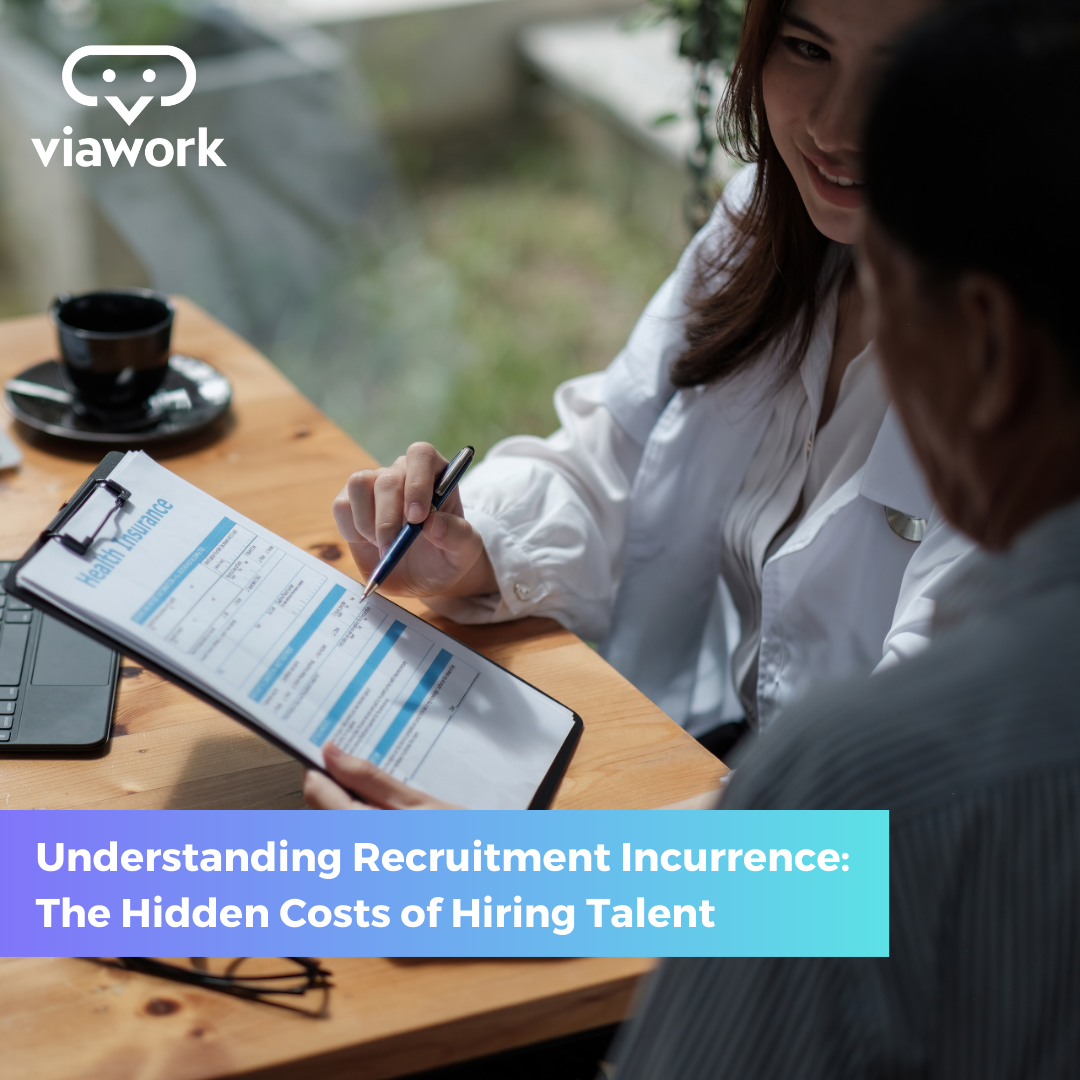Understanding Recruitment Incurrence: The Hidden Costs of Hiring Talent

Recruitment is often seen as a straightforward process: you post a job, interview candidates, and hire the best fit. However, there’s a lot more going on behind the scenes. One of the most significant aspects often overlooked is the , or the costs and investments associated with attracting, assessing, and onboarding new employees.
In this blog, we’ll explore what recruitment incurrence means, the types of costs involved, and why it’s crucial for businesses to understand and manage these expenses effectively.
What Is Recruitment Incurrence?
Recruitment incurrence refers to all the costs that an organization incurs during the hiring process. These costs can include direct expenses like advertising for the job position and fees for recruiting platforms, as well as indirect costs like the time and effort invested by HR teams, the cost of onboarding, and even the impact of vacant roles on productivity.
The Types of Recruitment Costs to Consider
Understanding the different types of costs involved in the recruitment process can help businesses plan their hiring strategy more effectively. Here are some key areas where recruitment incurrence typically occurs:
- Advertising and Job Posting Costs
- Posting job openings on online job boards, company websites, and social media platforms often comes with a price tag. The more specialized the position, the more expensive these postings can become.
- Recruitment Agency Fees
- Many companies turn to recruitment agencies or headhunters to help find the right talent, especially for niche roles. These agencies charge fees, which are often a percentage of the new hire’s annual salary.
- Interviewing Expenses
- The interview process can be time-consuming and costly, involving travel expenses for candidates, assessment tools, or technical tests. It also includes the hours spent by HR professionals and hiring managers conducting interviews.
- Onboarding and Training Costs
- Once a candidate is hired, onboarding them into the company requires time and resources. Training new hires, setting up their workspaces, and integrating them into the team are all part of these costs.
- Opportunity Costs
- One of the often-ignored aspects of recruitment incurrence is the opportunity cost associated with a vacant role. The longer a position remains unfilled, the more it impacts productivity, project timelines, and revenue.
Why Managing Recruitment Incurrence Matters
Managing recruitment incurrence effectively can make a significant difference in a company’s overall financial health and productivity. Here’s why it matters:
- Cost Efficiency: Understanding and managing the costs associated with hiring helps businesses allocate their budgets more efficiently. This ensures they invest wisely in talent acquisition while reducing unnecessary expenses.
- Improved Hiring Quality: When companies know where their recruitment costs are going, they can focus on improving their strategies for attracting higher-quality candidates, reducing the risk of a bad hire.
- Faster Hiring Process: Managing recruitment incurrence helps streamline the hiring process, reducing the time it takes to fill open positions and minimizing productivity loss.
Tips to Optimize Recruitment Incurrence
Here are some strategies to help businesses manage their recruitment expenses effectively:
- Leverage Employee Referrals
- Employee referrals are a cost-effective way to find quality candidates. Encourage your team to recommend potential hires and offer incentives for successful placements.
- Utilize Technology
- Use recruitment software and automation tools to manage your hiring process. These tools can help reduce administrative work and provide data-driven insights to make better hiring decisions.
- Invest in Employer Branding
- A strong employer brand can attract top talent without excessive spending on job ads. Highlighting your company culture, values, and growth opportunities can make your organization a magnet for job seekers.
- Build a Talent Pool
- Maintain a database of potential candidates even when you don’t have immediate job openings. Having a talent pool ready can help you fill positions faster and reduce the need for extensive advertising.
Conclusion
Recruitment incurrence is a critical aspect of the hiring process that every business should understand and manage effectively. By being aware of the costs involved and optimizing them, organizations can make smarter decisions that lead to more efficient hiring processes, better candidate experiences, and a stronger workforce.
Investing time in understanding your recruitment expenses today can lead to significant savings and improved productivity in the long run. So, take a closer look at your hiring strategy and find ways to minimize your recruitment incurrence while still attracting the best talent.
